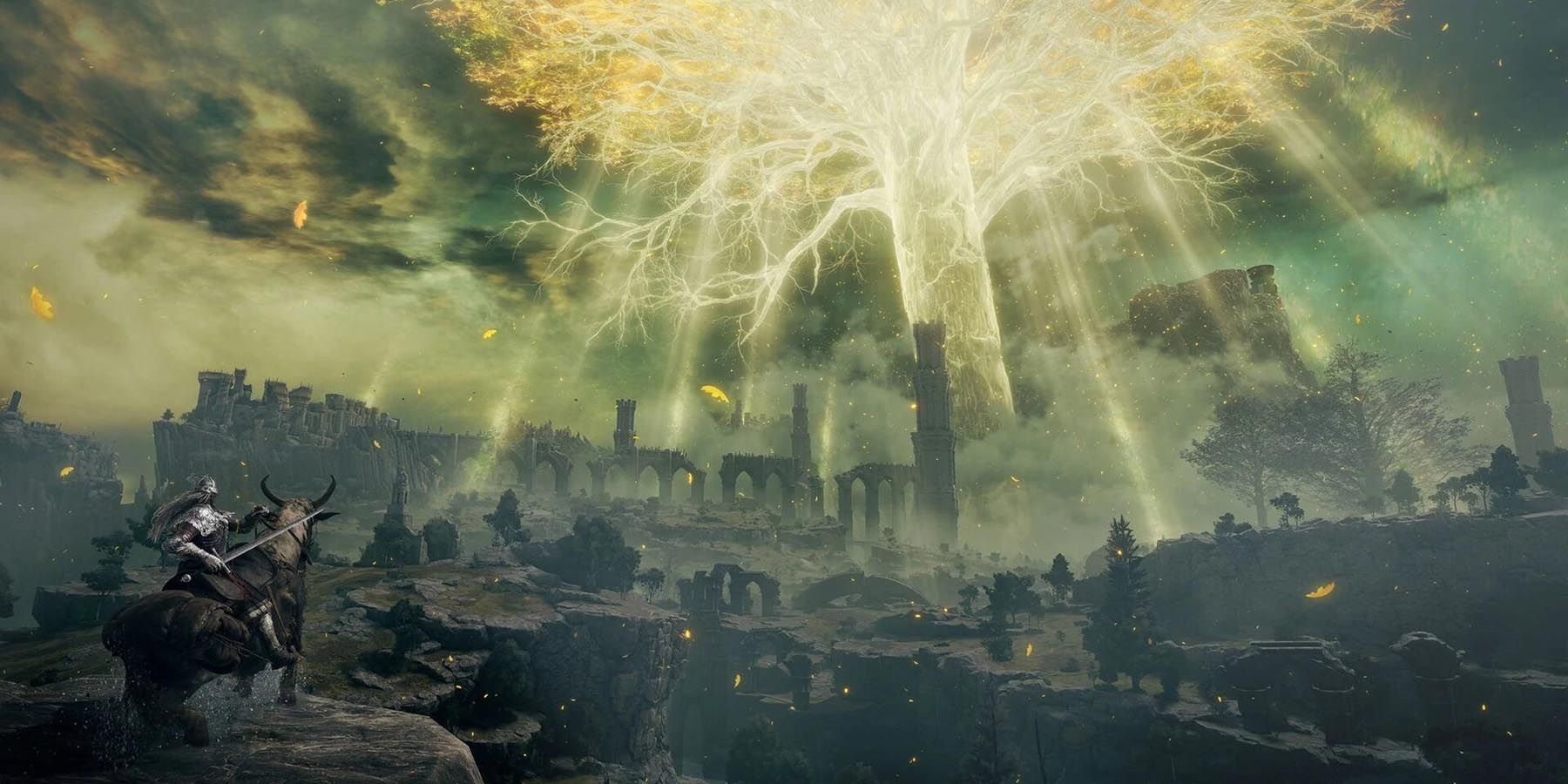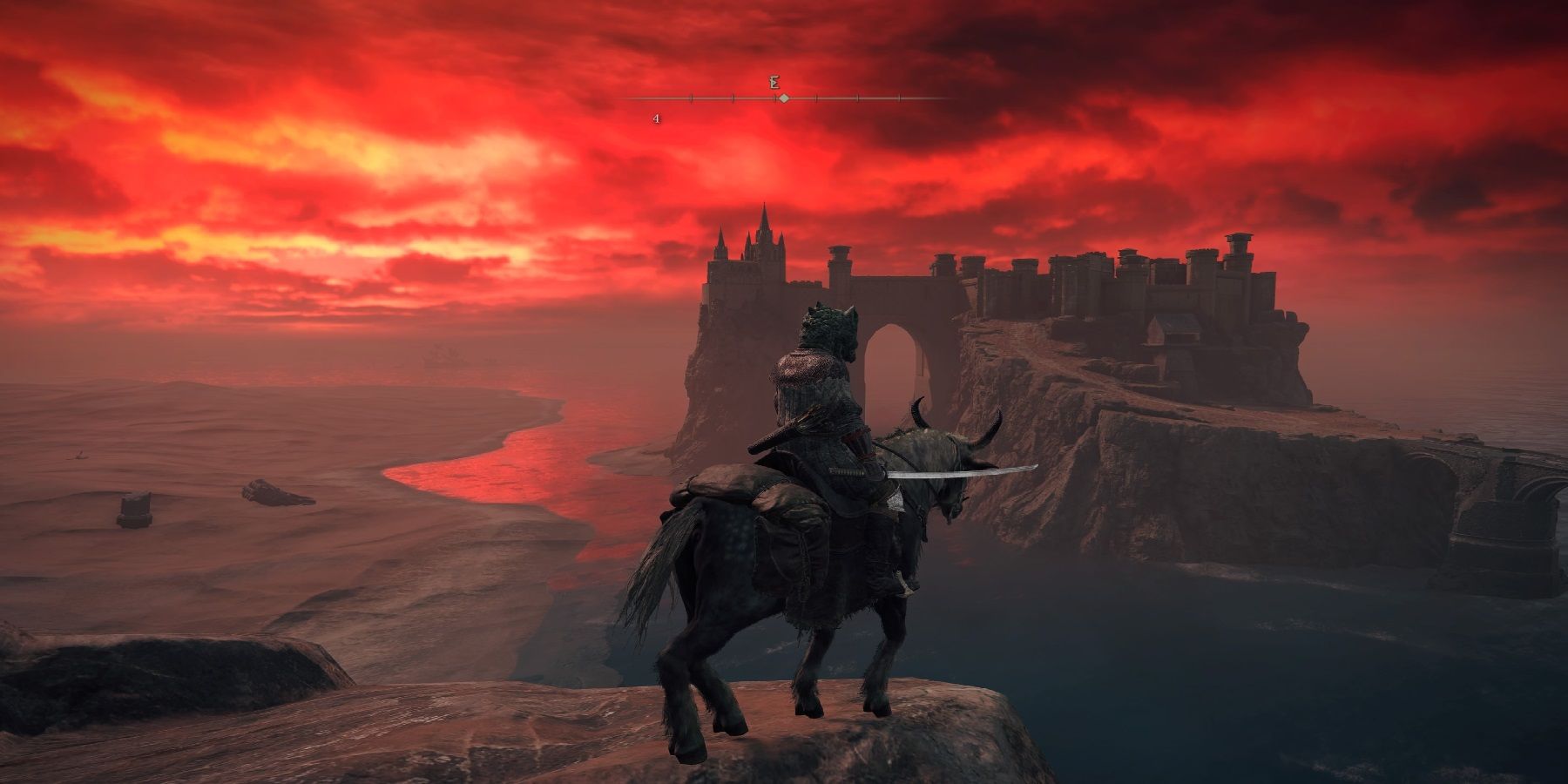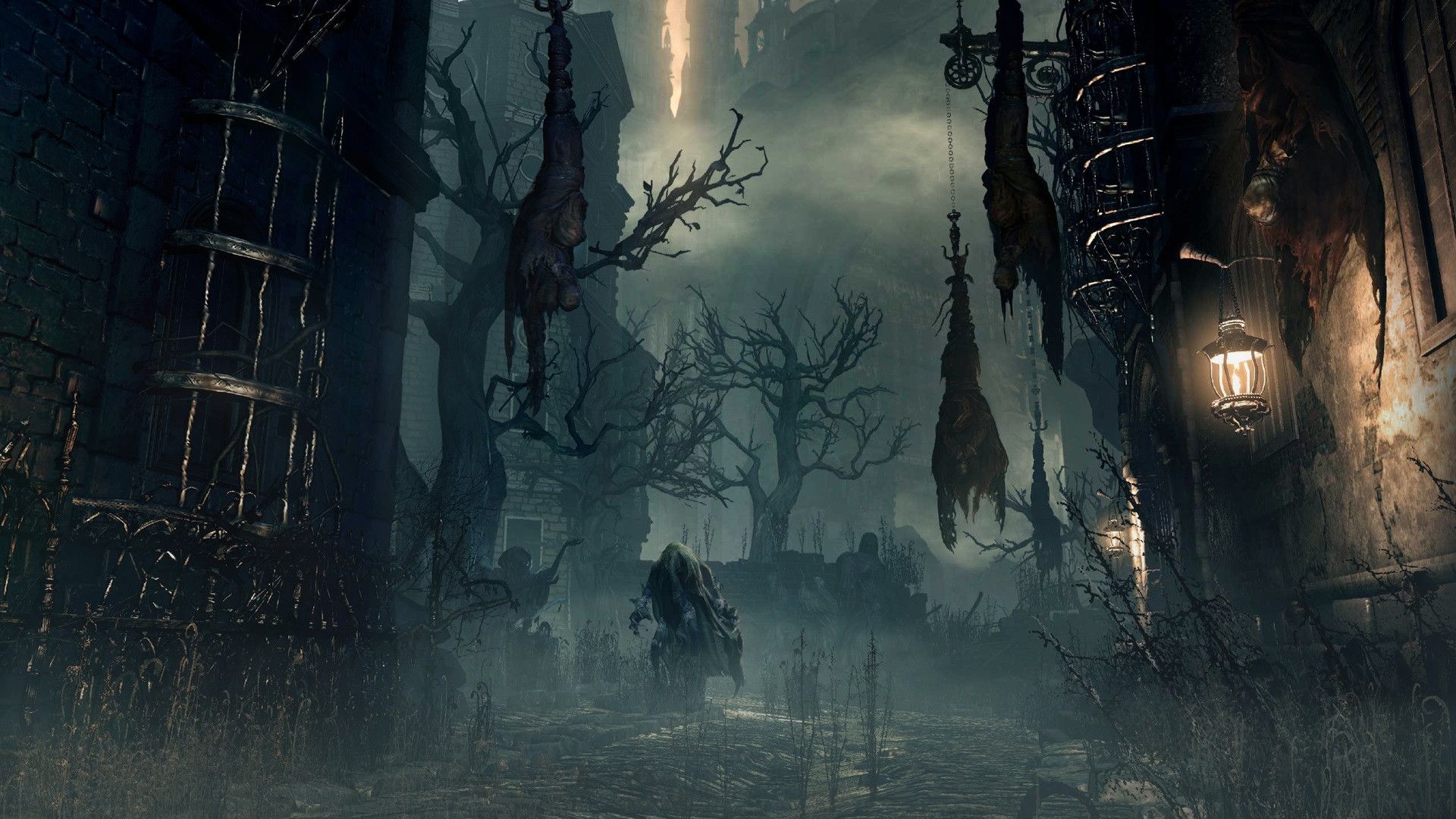It can be a little hard to nail down what defines a Souls, Soulsborne, or Soulslike game, as FromSoftware’s signature approach to gameplay, world-building, and so on is often replicated but hardly imitated. Not every FromSoftware game in its catalog is a Souls game either, and not every Soulslike takes the whole package. Star Wars Jedi: Fallen Order can be called a Soulslike, for example, but it’s simplified to the point that Soulslike doesn’t always feel like the right word.
Either way, beyond just difficulty, there are certain elements of FromSoftware’s approach in every game. Sure, some of these are Easter eggs like the continued presence of the Moonlight sword, but others are key themes: the focus on fire, broken but ungodly powerful final bosses, rebirth cycles and repeating history, and so on.
Perhaps one of the most interesting is how each FromSoftware world bears similar traits, no matter how different they are. Elden Ring’s Lands Between and Bloodborne’s Yharnam are almost nothing alike in terms of tone, specific fantasy approach, and overall appearance/story elements, but a deeper look shows how one theme unifies them. In all FromSoft games, the world (or specific kingdom/setting within said world) players find themselves in is far past its prime.
FromSoftware Worlds: The Lands Between, Yharnam, Boletaria, and So On
Looking at Elden Ring as the most recent example, The Lands Between is obviously in disarray following the Shattering. It’s hard to say that the Lands Between was ever peaceful, what with the Fire Giants war and other happenings, but the capital of Leyndell was respected, armies were led, and demi-gods did not fear death. The world of the Greater Will may not have been perfect, but it was not on the brink of destruction as it is in Elden Ring. The Shattering, directly or indirectly, saw Caelid transformed by the Scarlet Rot, demigods fighting and warring among themselves, death root appearing everywhere, and much more.
Bloodborne’s Yharnam, meanwhile, speaks of a past of discovery—scientific and otherwise. Not everyone was living afraid, and while many debated how to become/commune with Great Ones, the use of Blood, and so on, it was a momentous time in Yharnam. The Hunters, the Choir, and everything that was built around this time set the world up to be a huge step in evolution, but of course, it all comes crumbling down. Yharnam falls into disarray because of the Blood, and Gehrman’s Hunter’s Dream ensures the Waking World would never be the same.
Demon’s Souls’ Boletaria had a mixed beginning, with a world breathed into life and then almost immediately plunged into darkness. Nonetheless, the Old One was lulled to sleep and the world knew some level of peace. It wasn’t until a certain king and a certain event led to the fog spreading, demons releasing, and more that said peace was disturbed, leading to the events of Demon’s Souls.
And all of this can be easily seen by looking at the Ashina before and during the events of Sekiro: Shadows Die Twice, as well as Dark Souls’ Lordran, Dark Souls 2’s Drangleic, or Dark Souls 3’s Lothric. This alone doesn’t define a FromSoftware Souls game, but it goes a long way in setting the backdrop and lore of one.
Elden Ring is available now for PC, PS4, PS5, Xbox One, and Xbox Series X.



